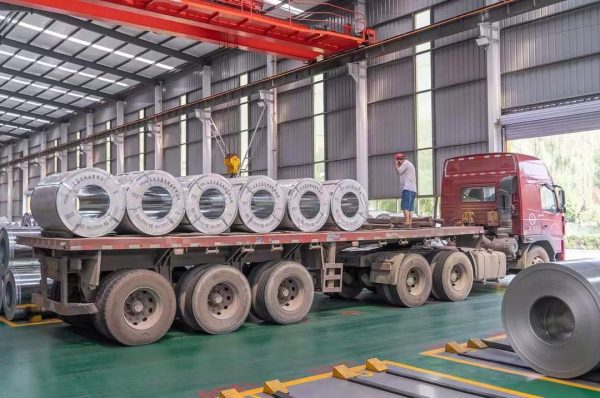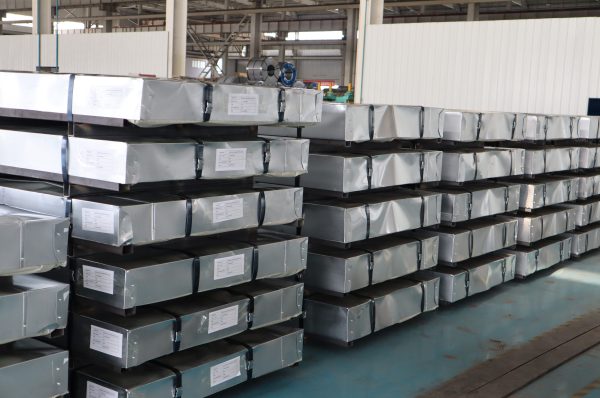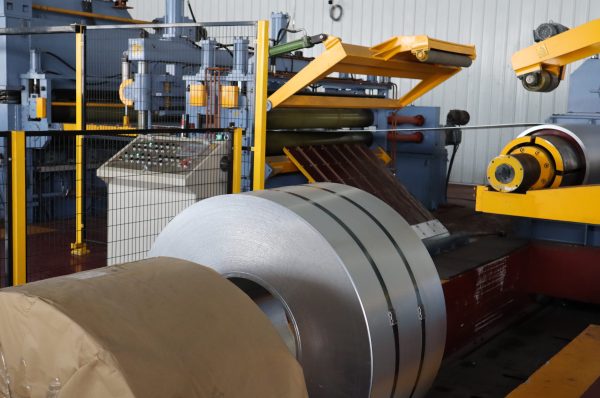Structural steel, a category of steel used in construction for its high strength and durability, plays a pivotal role in shaping modern infrastructure. Its versatility and ability to withstand significant loads make it essential for a wide range of applications, from buildings and bridges to industrial facilities. This article explores the various applications of structural steel, emphasizing its importance in creating robust and resilient structures.
1. Building Frameworks
One of the primary applications of structural steel is in the construction of building frameworks. Structural steel is used to create the skeleton of high-rise buildings, commercial complexes, and residential structures. Its high strength-to-weight ratio allows for the construction of tall and spacious buildings while minimizing the overall weight of the structure. Steel frames provide the necessary support and stability, enabling architects and engineers to design innovative and aesthetically pleasing buildings.
2. Bridges and Overpasses
Structural steel is crucial in the construction of bridges and overpasses. Its ability to handle heavy loads and resist bending and stretching makes it ideal for spanning long distances and supporting vehicular traffic. Steel bridges are designed to endure dynamic forces such as wind, earthquakes, and traffic loads. The material’s flexibility and strength are essential for ensuring the safety and longevity of these critical infrastructure elements.
3. Industrial Facilities
In industrial settings, structural steel is used to build manufacturing plants, warehouses, and storage facilities. Its durability and resistance to harsh environments make it suitable for constructing large, open spaces that require strong support structures. Steel’s adaptability allows for the creation of large clear spans, which are essential for accommodating heavy machinery and production processes.
4. Roof Structures
Structural steel is employed in the design and construction of roof structures, including industrial roofs, stadiums, and large-span roofs. Steel’s ability to span large distances without intermediate supports is particularly beneficial for creating open, unobstructed spaces beneath roofs. Additionally, its resistance to weather conditions ensures the durability and longevity of roof structures.
5. Towers and Masts
Towers and masts, such as communication towers, transmission towers, and observation towers, rely on structural steel for their construction. The material’s high tensile strength and ability to withstand environmental loads make it suitable for supporting the height and stability of these structures. Structural steel is used to create frameworks that can resist wind forces and maintain stability over time.
6. Retrofit and Renovation
Structural steel is also used in retrofitting and renovating existing structures. When older buildings require reinforcement or modification, steel components can be added to enhance structural capacity and extend the lifespan of the building. This application allows for the upgrading of structures to meet modern safety standards and accommodate new uses or increased loads.
7. Stadiums and Arenas
In the construction of stadiums and arenas, structural steel is employed to create large, open seating areas and roof structures. The material’s strength and flexibility facilitate the design of expansive spaces that can accommodate large crowds. Steel’s ability to support heavy roof loads and its resistance to weather conditions contribute to the functionality and safety of these entertainment venues.
8. Public Infrastructure
Structural steel is integral to various public infrastructure projects, including transit stations, tunnels, and pedestrian walkways. Its ability to provide strong, durable support is essential for ensuring the safety and reliability of infrastructure used by the public. Steel’s versatility allows for the creation of functional and aesthetically pleasing public spaces.
Conclusion
Structural steel is a foundational material in modern construction, providing the strength and durability necessary for a wide range of applications. From building frameworks and bridges to industrial facilities and public infrastructure, steel’s versatility and performance make it an indispensable component of contemporary architecture and engineering. As construction technologies advance, structural steel continues to evolve, driving innovation and supporting the development of resilient, high-performing structures.



